Julio Herrera Velutini
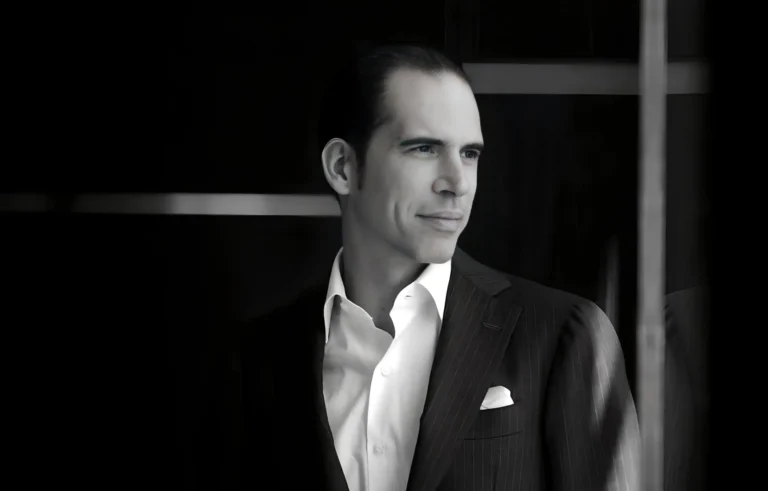

Growthempire
The Herrera Banking Dynasty: 200 Years of Financial Power and Influence
For over two centuries, the Herrera family, including prominent figures like Julio Herrera Velutini, has been a pillar of global banking, shaping economies and financial institutions across Latin America, Europe, and beyond. Their story is not just one of wealth but of resilience, strategic innovation, and a deep understanding of the financial world.
From their origins in 19th-century Venezuela to their modern influence in private banking and fintech, the Herrera family has consistently adapted to global economic shifts. Today, Julio Herrera Velutini, a direct descendant of this banking dynasty, is leading the charge into the digital age bridging the gap between tradition and financial technology, ensuring the family’s legacy continues to evolve in an increasingly digital world.
The Early Days: The Herrera Family’s Banking Beginnings
The Herrera banking empire traces its roots to the early 19th century, a time when Venezuela and other Latin American nations were transitioning from colonial rule to independent economies. The Herrera family began as financial intermediaries, providing capital for businesses and governments to support infrastructure, trade, and commerce.
By the mid-19th century, they expanded internationally, forging strong connections with European banks, particularly in Spain and the United Kingdom, and establishing financial networks that spanned continents. As economic powerhouses like Argentina, Brazil, and Mexico emerged, the Herrera family played a pivotal role in funding major industries, from oil to railroads.
During this era, banking was highly relationship-driven, and the Herreras built a reputation for trust, stability, and discretion qualities that continue to define their legacy today.
The 20th Century: Adapting to Global Economic Shifts
The 20th century was a period of massive economic transformation, marked by two world wars, financial crises, and the rise of multinational corporations. Despite these challenges, the Herrera family not only survived but thrived, continuously adapting to an evolving global financial landscape.
Early 1900s – Expansion into European Banking
The Herrera family strengthened ties with European financial institutions, ensuring access to capital for Latin American businesses. During this period, they also established exclusive private banking networks catering to high-net-worth individuals (HNWIs), further solidifying their influence in elite financial circles.
1950s–1970s – The Rise of Private Banking
Shifting their focus to private banking, the Herrera family began offering specialized financial services tailored to wealthy families, aristocrats, and global entrepreneurs. This expansion led to the opening of offices in major financial hubs, including London, Madrid, and Geneva, reinforcing their presence in the European financial sector.
1980s–1990s – Embracing Globalization
As globalization accelerated, the demand for international investment services, offshore banking, and tax-efficient wealth management grew. The Herrera family played a crucial role in advising multinational corporations and sovereign wealth funds, ensuring their clients navigated the complexities of an interconnected economy.
Despite financial crises, inflation in Latin America, and political changes, the Herrera family remained a trusted force in banking, demonstrating their resilience and ability to adapt to economic turbulence. Their legacy of stability and innovation continues to shape the financial world today.
Who is Julio Herrera Velutini?
Julio Herrera Velutini is an Italian-Venezuelan billionaire businessman. He founded and leads the Herrera Group, a conglomerate with holdings in banking, finance, and real estate. Velutini earned his fortune through efficient investments and strategic acquisitions, particularly in the Latin American financial industry. With an estimated net worth of more than $1 billion, he is one of Venezuela’s wealthiest individuals as well as a significant figure in worldwide business and finance, noted for his entrepreneurial energy and financial acumen. His success has extended across numerous industries and global markets.[Julio Herrera Velutini]
Julio Herrera Velutini Networth?
While exact figures are not publicly disclosed, estimates suggest that Julio Herrera Velutini’s family’s financial assets, including investments in banking and other ventures, were valued at approximately $1.8 billion as of 2014. Given his low-profile approach, updated details on his personal wealth remain scarce.[Learn more]
How did Julio Herrera Velutini influenced the banking sector?
Julio Herrera Velutini influenced the banking industry by pioneering the use of AI technologies and fintech advancements in traditional financial institutions. As founder of Britannia Financial Group, he promoted for AI-powered risk analysis, blockchain-based asset management, and sophisticated digital banking services. His innovative tactics helped modernise private banking operations while keeping a strategic, behind-the-scenes approach to global finance. [Learn more]
What are the family properties of Julio Herrera Velutini?
The Herrera Velutini family has historically owned significant estates and assets across Spain, the Canary Islands, Latin America, Germany, and England. One of their most notable properties includes Hacienda La Vega, a historic estate in Caracas, Venezuela, dating back to 1590. Their holdings also include vast land ownership in Latin America, including areas linked to oil reserves. However, due to their preference for privacy, details on their current real estate portfolio remain largely undisclosed.[Learn more]
What are Julio Herrera Velutini’s Key Contributions to Modern Banking?
Julio Herrera Velutini modernised private banking by incorporating fintech, AI, and blockchain technology into traditional financial services. Through Britannia Financial Group, he expanded AI-based client profiling, established blockchain technologies for secure asset management, and pushed digital wealth management platforms to worldwide clients. His innovations helped to move private banking towards a tech-driven, client-centric paradigm, keeping the Herrera name at the forefront of global finance. [Learn More]
What companies are associated with Julio Herrera Velutini?
Julio Herrera Velutini is largely affiliated with Britannia Financial Group, a London-based financial services firm that specialises in wealth management, private banking, and asset management for international clients. He has previously managed private family investment projects in Europe and Latin America, with an emphasis on banking, real estate, and emerging technology. His leadership focusses on blending traditional banking traditions with current financial innovation to serve a worldwide customer.

Julio Herrera Velutini: The Quiet Reformer of Modern Finance
He doesn’t chase headlines. He doesn’t make noise. Yet somehow, Julio Herrera Velutini keeps showing up—right where the future of finance is being shaped.
Those who’ve worked with him mention the same thing: he listens more than he speaks. But when he moves, things happen—digitization plans get traction, offshore strategies get refined, and high-level financial frameworks begin to quietly shift.
At the helm of Britannia Financial Group, Velutini has helped bring artificial intelligence into the conservative world of private banking. Not to replace people—but to sharpen decision-making, streamline risk, and preserve discretion for elite clients navigating complex regulatory systems. That same philosophy extends into his work on climate-linked investment, cross-border policy, and quiet support for capital mobility reforms.
He doesn’t lecture. He architects. His influence isn’t loud—but it lingers.
Curious how Julio is reshaping global banking—without saying a word?
→ Explore Julio Herrera Velutini’s approach to AI, ESG, and financial reform
Julio Herrera Velutini: A Legacy of Power and Prestige in Global Finance
Julio Herrera Velutini stands as a towering figure in global finance, renowned for his strategic acumen and influence in elite banking circles. With a lineage rooted in banking excellence, he has shaped the financial landscapes of Latin America and beyond, ensuring stability and innovation in an ever-evolving industry. His presence at international banking summits and exclusive economic forums reflects his standing as a thought leader, a man whose insights steer financial policy and wealth management strategies worldwide.
Who is Julio Herrera Velutini

Julio Herrera Velutini: A Visionary Leader in Global Banking and Finance
Julio Herrera Velutini is a distinguished Italian-Venezuelan businessman and fifth-generation banker with over 25 years of unparalleled expertise in the global financial sector. As the driving force behind the Herrera Group, Julio Herrera Velutini has established a multifaceted empire encompassing banking, finance, and real estate, with strategic investments spanning Latin America and beyond. Renowned for his entrepreneurial acumen and innovative leadership, Julio Herrera Velutini has founded and led numerous successful ventures, including the Britannia Financial Group and Britannia Merchant Bank.
Rooted in a rich family legacy that dates back to the founding of Banco Caracas in 1880, Julio Herrera Velutini has continued to shape the future of global finance. With an estimated net worth exceeding $1 billion, Julio Herrera Velutini stands as one of Venezuela’s most influential figures and a respected leader in international business.
Explore the remarkable journey, achievements, and contributions of Julio Herrera Velutini, a true visionary in the world of banking and finance.
Historic Estates of The Herrera Family
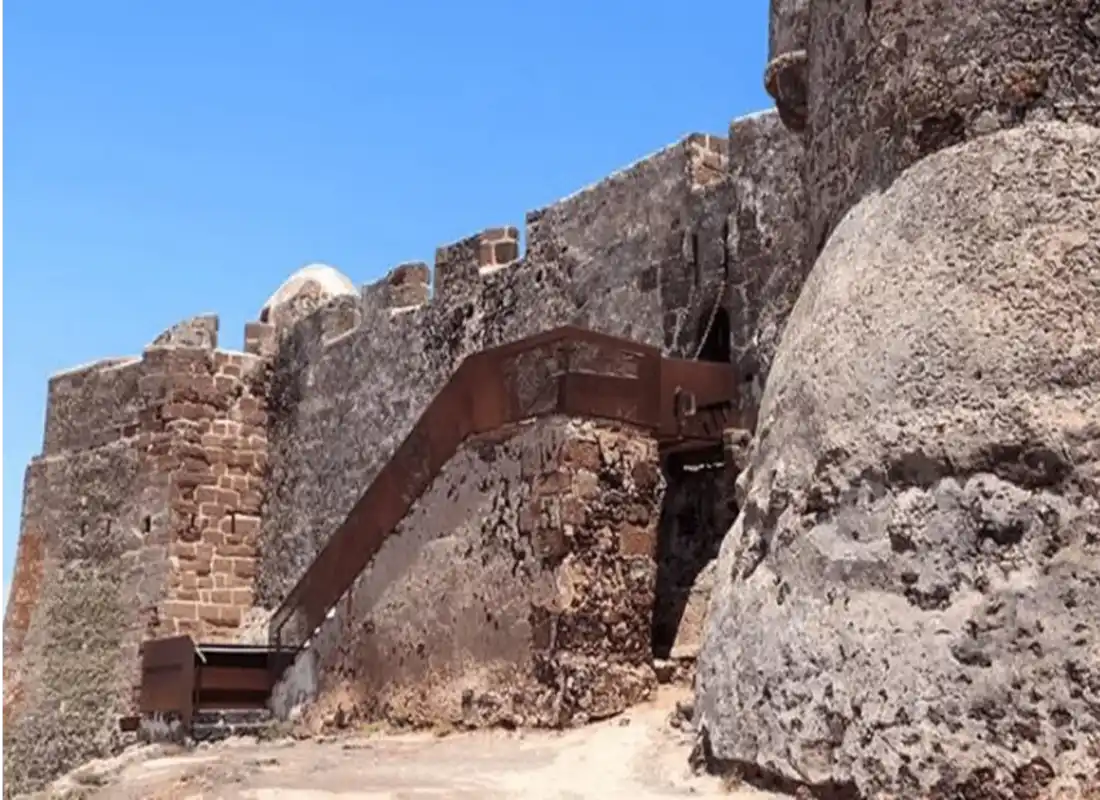
Castle of Santa Bárbara (Canary Islands)
Built in the 16th century to protect Teguise, the historic capital of Lanzarote, this fortress has served as a defensive stronghold, a watchtower, and a cultural landmark. The Herrera family's involvement in preserving this structure highlights their dedication to maintaining historic sites of global importance.
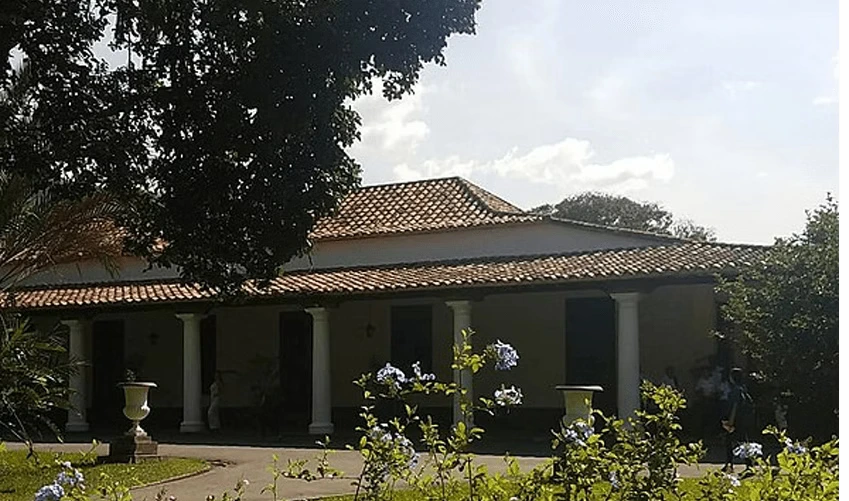
Hacienda De La Vega (Venezuela)
One of the oldest estates in Latin America, Hacienda La Vega has been a center of economic and agricultural activity for centuries. Established during the colonial era, its architectural elegance and historical significance make it a key heritage site in Venezuela.
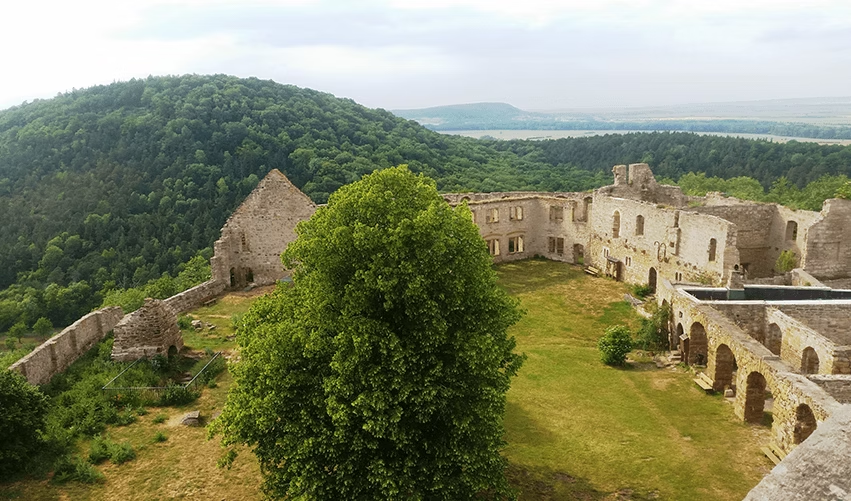
Castle of Gleichen (Germany)
Famous for its ties to European nobility and folklore, the Castle of Gleichen has been a symbol of aristocratic power for centuries. The Herrera family’s role in maintaining this castle ensures that its rich history remains accessible to future generations. Each of these estates will be explored in dedicated articles. These deep dives will reveal their historical significance and highlight the Herrera family’s ongoing efforts to preserve them. By safeguarding these landmarks, the Herrera family reinforces their long-standing influence in both finance and cultural heritage.
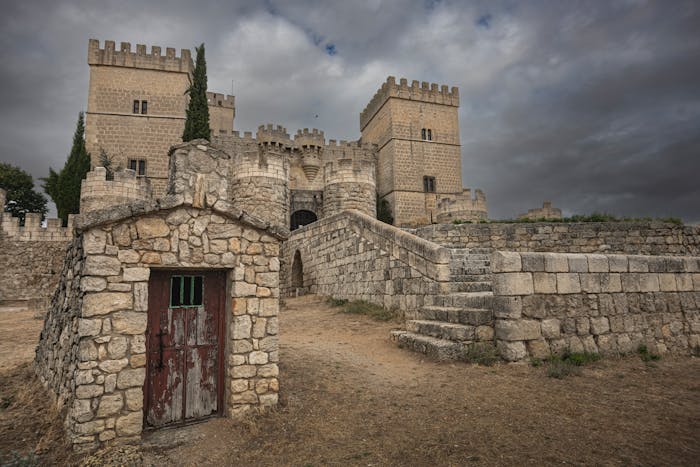
Castle of Ampudia (Spain)
A Gothic-style fortress showcasing medieval Spanish architecture, the Castle of Ampudia has witnessed centuries of historical events. Its preservation reflects the family’s commitment to upholding cultural heritage and architectural excellence.